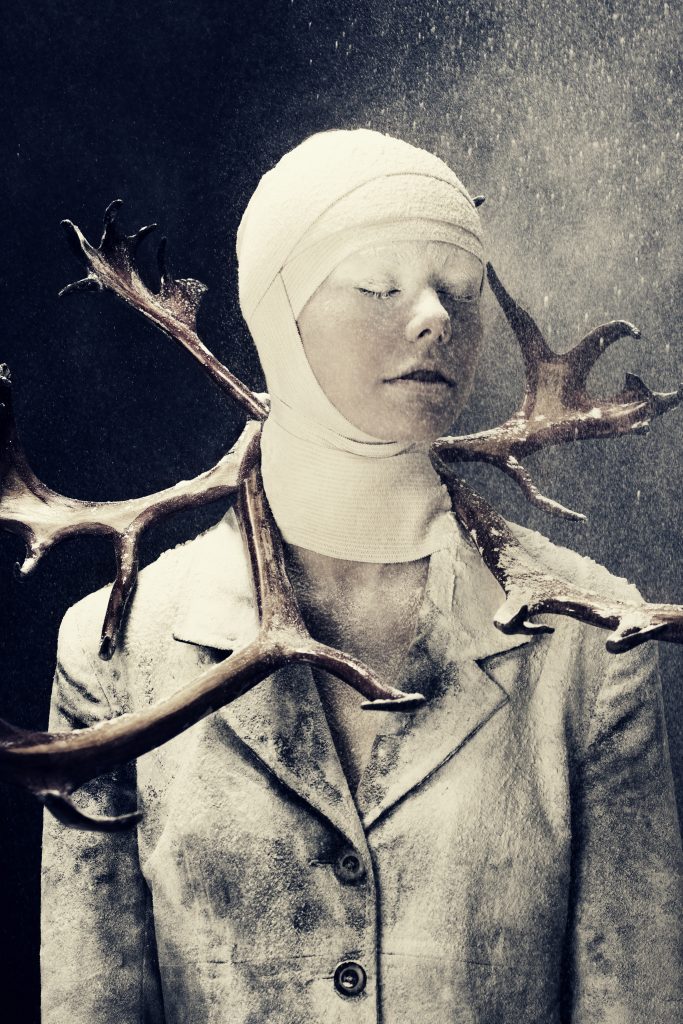
Our relatively recent ancestor Lucy had both apelike and human characteristics, and paleontologists have found many more examples going back hundreds of millions of years. One of the most dramatic was announced in 2006: an ancient fishlike creature dubbed Tiktaalik. Dating back some 375 million years, it had gills, scales and a mostly fishy body. But its fins concealed bones and joints of a type never before seen in a fish, which let it crawl around on land. It was either our great-great-great (repeat many times) grandfish. Or at least, it was related.The search for Tiktaalik was a scientific detective story, and that’s just how scientist Neil Shubin, of University of Chicago who led the team that dug up Tiktaalik lays it out. Fish, he reminds us, were the first animals with backbones, skulls and overall bony skeletons. They swam the world’s oceans 400 million years ago—and then, 40 million years later, the first amphibians were up on land. Something must have happened in that 40-million year gap to make the transition to land possible, and armed with the knowledge of the timeframe and the places in the world where sedimentary rock of the right age was accessible, Shubin and his team ended up on Ellesmere Island, in spectacularly remote and austere landscape not far from the northern tip of Greenland. It took years of painstaking searching, requiring return visits during the brief Arctic summer year after year for a full decade until, in the second week of July 2004, they found what they were looking for. Equally wonderful is the bombproof logic of what they found and what it meant. Darwin said such a creature must exist; previously known fossils dictated when it must have lived; and sure enough, there it was. That’s about as solid a demonstration of the scientific method in action as you could imagine. Shubin went on to break down the legacy we still carry from our fishlike ancestors, what we inherited from reptiles (our skin, teeth and ears in particular) and what we got from ancestral primates (hands, vision, brains, along with some less desirable traits such as weak backs and a poor sense of smell).
Story by Jen Ruane.

